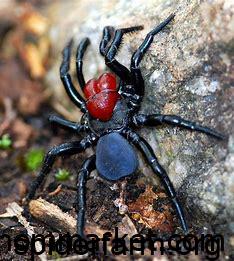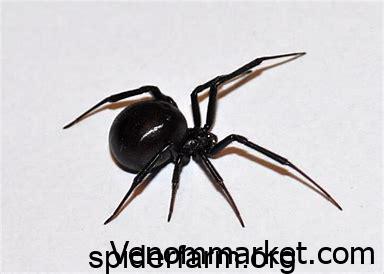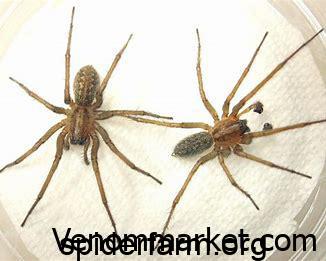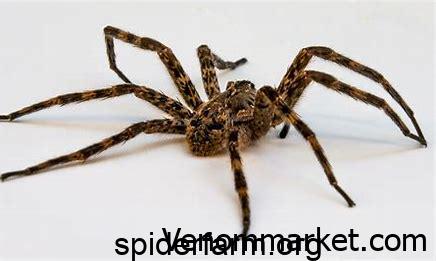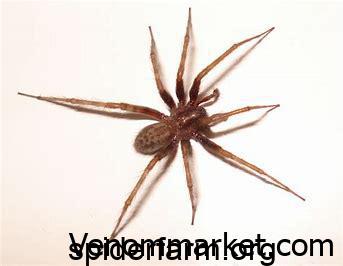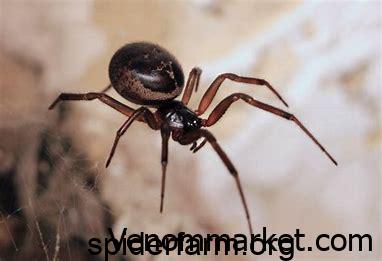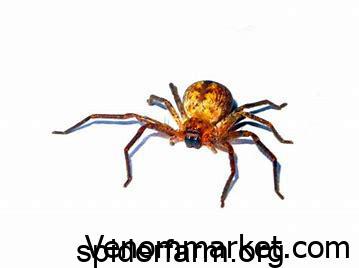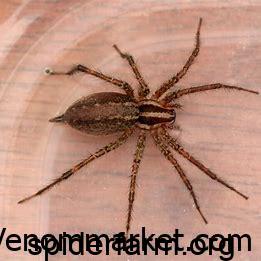Scorpion venom-
The Mexican Demetrio Rodríguez Fajardo, with just 17 years old, discovered a protein in the venom of this scorpion to treat and cure breast cancer. This finding has earned him numerous recognitions but has also generated numerous controversies, as others affirm that scorpion venom is part of the Cuban homeopathic medicine since long ago.

The Cuban drugmaker Labiofam is the creator of the painkiller and anti-inflammatory drug known as Vidatox. This medicine is created from the blue scorpion toxin to improve the health of patients with cancer, helping already more than 65,000 people. The creators claim that it took them 15 years to get the medicine.
Perhaps the difference is that the first Mexican discovery focuses on curing breast cancer, while Cuban medicine specializes in improving the quality of life of patients with various types of cancer by up to 85%. Whether controversial or not, just think that this is a clear benefit to the human health that comes from these arachnids
Scorpion venom
-Scorpions have long lifespans
Scorpion venom: Most arthropods have relatively brief lives compared to other animals. Many insects live just weeks or months. Mayflies last just a few days. But scorpions are among the arthropods with the longest lifespans. In the wild, scorpions typically live from 2-10 years. In captivity, scorpions have lived as long as 25 years
-Scorpions are ancient organisms
Were you able to travel back in time 300 million years, you would encounter scorpions that look remarkably similar to their descendants living today. Fossil evidence shows that scorpions have remained largely unchanged since the Carboniferous period. The first scorpion ancestors likely lived in the seas, and may even have had gills. By the Silurian period, 420 million years ago, some of these creatures had made their way onto land. Early scorpions may have had compound eyes
-Scorpions can survive just about anything
Arthropods have lived on land for over 400 million years. Modern scorpions can live as long as 25 years. That’s no accident. Scorpions are champions of survival. A scorpion can live for a full year without food. Because they have book lungs (like horseshoe crabs), they can stay submerged underwater for up to 48 hours and survive. Scorpions live in harsh, dry environments, but they can live on only the moisture they obtain from their food. They have extremely low metabolic rates and require only a tenth of the oxygen of most insects.
-Scorpions are arachnids
Scorpions are arthropods that belong to the Class Arachnida, the arachnids. The arachnids include spiders, harvestmen, ticks and mites, and all manner of scorpion-like creatures that aren’t really scorpions: whipscorpions, pseudoscorpions, and windscorpions. Like their arachnid cousins, scorpions have two body parts (cephalothorax and abdomen) and four pairs of legs. Although scorpions share anatomical similarities with all of the other arachnids, scientists who study their evolution believe they are most closely related to harvestmen (Opiliones).
-Scorpions dance before mating
Scorpions engage in an elaborate courtship ritual, known as the promenade à deux (literally, a walk for two). The dance begins when the male and female make contact. The male takes his partner by her pedipalps and gracefully walks her back and forth until he finds a proper location for his spermatophore. Once he deposits his package of sperm, he leads the female over it and positions her genital opening so she can take up the sperm. In the wild, the male usually makes a quick departure once mating is completed. In captivity, the female often devours her mate, having worked up an appetite from all the dancing.

Scorpion Venom
-Scorpions give birth to live young
Scorpion Venom:Unlike insects, which generally deposit eggs outside their bodies, scorpions produce live babies, a practice known as viviparity. Some scorpions develop within a membrane, where they receive nourishment both from a yolk and from their mothers. Others develop without a membrane and receive nourishment directly from their mothers. The gestational stage can be as short as two months, or as long as 18 months, depending on the species. After birth, the newborn scorpions ride on their mother’s back, where they remain protected until they molt for the first time. After this, they disperse




